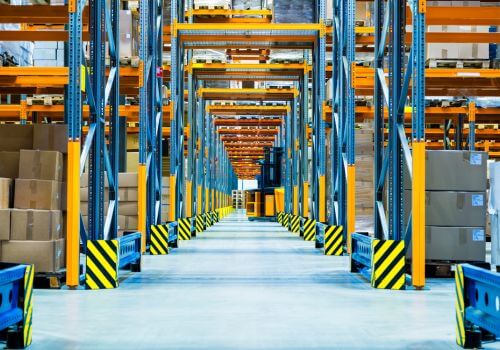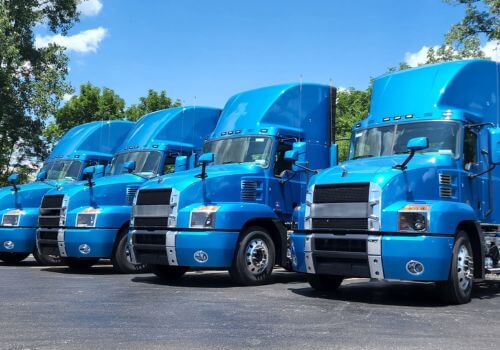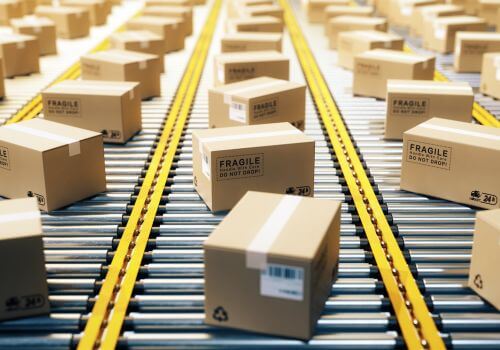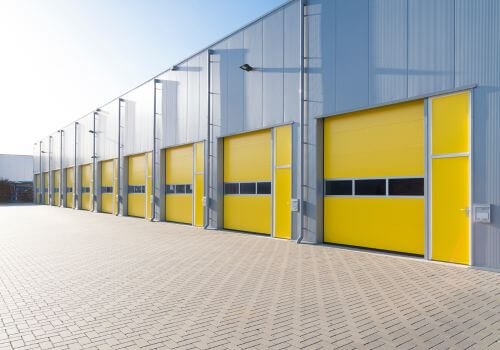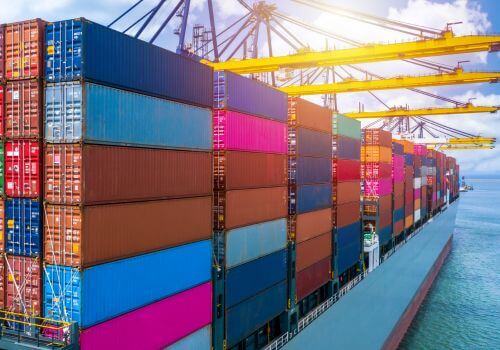What is fill rate in logistics?
Fill rate is a critical metric in logistics that measures the percentage of customer orders a company can fulfill completely from available inventory without backorders, stockouts, or delays. In simpler terms, it’s how often you can give customers exactly what they want, when they want it.
For example, if a customer orders 100 items and you can immediately ship all 100, that’s a 100% fill rate. If you can only ship 90 items right away, your fill rate for that order is 90%.
Why is fill rate important?
Understanding and optimizing your fill rate is crucial for several reasons:
- Customer satisfaction: A high fill rate means customers receive their orders quickly and completely, leading to higher satisfaction and loyalty.
- Operational efficiency: It reflects how well your inventory management and supply chain processes are working.
- Financial performance: Better fill rates often translate to increased sales and reduced costs associated with backorders and rush shipments.
- Competitive advantage: In today’s market, the ability to consistently meet customer demand can set you apart from competitors.
What are the different types of fill rates?
While we often talk about fill rate as a single concept, there are actually several types of fill rates that logistics professionals should be aware of.
- Order fill rate: This is the most common type, measuring the percentage of orders fulfilled completely.
- Line fill rate: This looks at the percentage of order lines (individual items on an order) fulfilled.
- Unit fill rate: This measures the percentage of individual units fulfilled across all orders.
- Case fill rate: Used primarily in wholesale, this measures the percentage of full cases shipped compared to cases ordered.
- Warehouse fill rate: This focuses on the percentage of orders a specific warehouse can fulfill completely.
- Vendor fill rate: This measures how well your suppliers are meeting your inventory needs.
How do you calculate fill rate?
The basic formula for calculating fill rate is:
Fill Rate = (Number of Items or Orders Fulfilled Completely / Total Number of Items or Orders) x 100
For example, if you received 500 orders in a month and fulfilled 450 of them completely, your fill rate would be:
(450 / 500) x 100 = 90%
It’s important to note that fill rate is typically calculated over a specific time period, such as daily, weekly, or monthly.
What are the factors that affect fill rates?
Several factors can impact your fill rate including:
- Inventory management: Poor inventory control can lead to stockouts and unfulfilled orders.
- Demand forecasting: Inaccurate predictions of customer demand can result in either too much or too little inventory.
- Supplier performance: Delays or issues with suppliers can affect your ability to maintain adequate stock levels.
- Order processing efficiency: Slow or error-prone order processing can delay fulfillment.
- Warehouse operations: Inefficient picking, packing, and shipping processes can slow down order fulfillment.
- Transportation issues: Delays in shipping or delivery can impact your ability to fulfill orders on time.
- Product complexity: Companies with a wide range of products or customizable items may face greater challenges in maintaining high fill rates.
8 strategies to improve fill rate
Improving your fill rate requires a multi-faceted approach. Here are some strategies to consider:
1. Enhance inventory management
Implement a robust inventory management system that provides real-time visibility into stock levels. This can help you anticipate potential stockouts and take proactive measures to prevent them.
Consider using techniques like ABC analysis to prioritize your inventory. This method categorizes items based on their importance and value, allowing you to focus more attention on high-priority items.
2. Improve demand forecasting
Invest in advanced forecasting tools that use historical data, market trends, and other relevant factors to predict future demand more accurately. Machine learning and AI-powered solutions can significantly enhance forecast accuracy.
Collaborate closely with your sales and marketing teams to stay informed about upcoming promotions or events that might impact demand.
3. Strengthen supplier relationships
Develop strong relationships with your suppliers and establish clear communication channels. This can help you address potential supply issues before they impact your fill rate.
Consider implementing vendor-managed inventory (VMI) programs with key suppliers. In VMI, the supplier takes responsibility for maintaining agreed-upon inventory levels, which can lead to more consistent stock availability.
4. Optimize warehouse operations
Streamline your warehouse layout to improve picking efficiency. Consider implementing technologies like pick-to-light systems or voice-directed picking to speed up the process and reduce errors.
Implement a Warehouse Management System (WMS) to optimize inventory placement, picking routes, and overall warehouse efficiency.
5. Enhance order processing
Automate your order processing system to reduce errors and speed up fulfillment. This can include implementing an Order Management System (OMS) that integrates with your inventory and warehouse systems.
Consider implementing order batching or wave picking strategies to improve efficiency in processing multiple orders.
6. Implement safety stock
Maintain safety stock for your most critical or fast-moving items. This buffer inventory can help you meet unexpected spikes in demand or cover for supply chain disruptions.
7. Utilize data analytics
Regularly analyze your fill rate data to identify trends, patterns, and potential issues. Look for insights that can help you make proactive decisions to improve performance.
Use data to identify your best-performing and worst-performing products in terms of fill rate, and develop targeted strategies for improvement.
8. Consider alternative fulfillment methods
Explore options like dropshipping or third-party logistics (3PL) providers for certain products or during peak periods. This can help you maintain high fill rates even when internal resources are stretched.
In summary, Fill Rate in logistics is the percentage of customer orders a company can fulfill completely from available inventory without delays or backorders.


